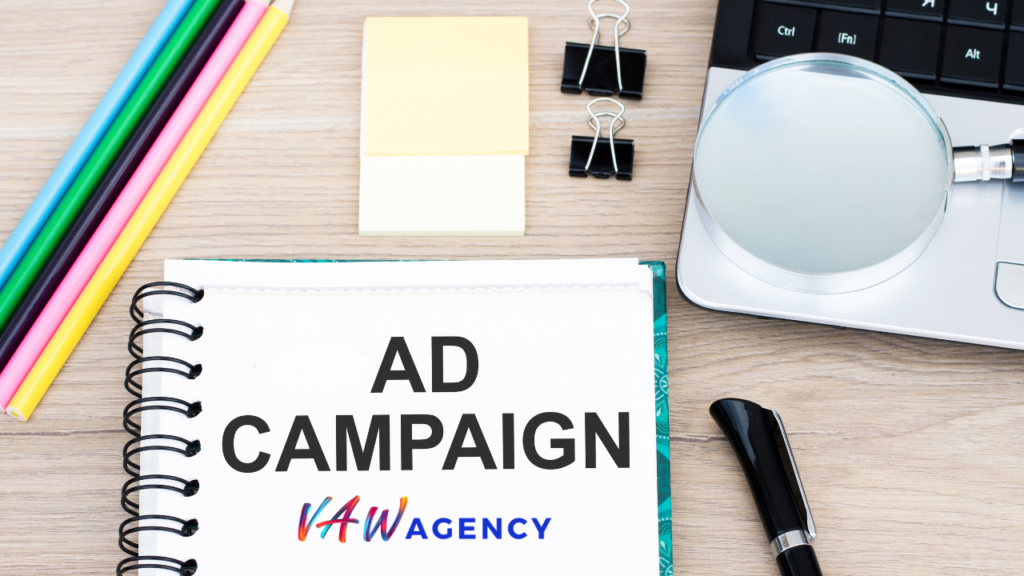
Introduction
In today’s competitive digital landscape, businesses need effective strategies to reach their target audience and maximize conversions. Google Ads Campaigns play a crucial role in helping brands achieve their marketing goals.
By leveraging Google’s massive reach and powerful targeting options, businesses can increase visibility, drive traffic, and generate leads efficiently. This article explores the significance of Google Ads Campaigns in digital marketing and why every business should incorporate them into their strategy.
What Are Google Ads Campaigns?
Google Ads Campaigns are paid advertising initiatives run through Google’s advertising platform. They allow businesses to display their ads on Google’s search engine results pages (SERPs), YouTube, and partner websites.
These campaigns can be tailored based on specific goals, such as brand awareness, website traffic, lead generation, or sales.
Google Ads operates on a pay-per-click (PPC) model, meaning advertisers only pay when users click on their ads. This ensures that marketing budgets are spent efficiently on high-intent audiences.
Why Google Ads Campaigns Matter in Digital Marketing
Instant Visibility and Reach
Unlike organic SEO, which takes time to yield results, Google Ads Campaigns provide instant visibility. The moment a campaign is launched, ads start appearing in front of potential customers.
This quick exposure is essential for businesses looking to generate immediate traffic and conversions.
Highly Targeted Advertising
Google Ads allows businesses to target users based on demographics, location, interests, and search behavior.
With keyword-based targeting, advertisers can show their ads to users actively searching for related products or services. This precise targeting ensures higher conversion rates and better ROI.
Cost-Effective Marketing Strategy
Since Google Ads Campaigns operate on a PPC model, businesses only pay when users interact with their ads.
This ensures efficient budget allocation, making Google Ads a cost-effective marketing strategy. Businesses can set daily budgets and bidding strategies to control spending.
Measurable Results and Analytics
Google Ads provides detailed analytics and reports, enabling advertisers to track performance in real time.
Metrics such as click-through rate (CTR), conversion rate, and return on ad spend (ROAS) help businesses optimize their campaigns for better results.
Enhanced Brand Awareness
Even if users don’t click on an ad, simply appearing in search results increases brand recognition.
Google Ads Campaigns contribute to building brand awareness, ensuring that potential customers remember the brand when they’re ready to make a purchase.
Competitive Advantage
With millions of businesses competing for online attention, running Google Ads Campaigns provides an edge over competitors who rely solely on organic reach.
By bidding on relevant keywords, businesses can outrank competitors in search results and capture more leads.
Types of Google Ads Campaigns
To fully leverage the power of Google Ads Campaigns, businesses must understand the different types available:
Search Ads
Search ads appear on Google SERPs when users search for specific keywords.
These text-based ads are highly effective for targeting users with strong purchase intent.
Display Ads
Display ads use images, banners, and videos to reach users across Google’s Display Network.
These ads help in brand awareness and retargeting campaigns.
Video Ads
Video ads run on YouTube and other Google partner sites.
They are ideal for storytelling and engaging audiences visually.
Shopping Ads
E-commerce businesses benefit from Shopping Ads, which display product listings with images, prices, and descriptions directly in search results.
App Promotion Ads
Designed to drive app installations, these ads appear on Google Search, YouTube, and Google Play.
Local Ads
Businesses with physical locations use Local Ads to drive foot traffic.
These ads appear on Google Maps and local search queries.
Performance Max
A recent addition, Performance Max campaigns use AI to optimize across multiple Google channels for maximum reach and conversions.
Best Practices for Running Successful Google Ads Campaigns
To get the best results from Google Ads Campaigns, businesses must follow these best practices:
Conduct Thorough Keyword Research
Choosing the right keywords ensures that ads appear in relevant searches.
Using tools like Google Keyword Planner helps identify high-converting keywords.
Optimize Ad Copy and Landing Pages
Creating compelling ad copy with clear CTAs increases click-through rates.
Ensuring that landing pages are optimized for conversions improves overall campaign performance.
Use Negative Keywords
Adding negative keywords prevents ads from appearing in irrelevant searches, reducing wasted ad spend.
Leverage Audience Targeting
Using Google’s audience segmentation features allows businesses to target users based on interests, behaviors, and demographics.
Monitor and Optimize Regularly
Constantly analyzing campaign performance and making data-driven adjustments ensures continued success and better ROI.
Conclusion
Google Ads Campaigns are an indispensable tool in digital marketing, providing businesses with an effective way to reach their audience, increase brand visibility, and drive conversions.
Whether targeting potential customers through search ads, display ads, or video ads, leveraging Google’s advertising platform ensures measurable and scalable results.
By implementing strategic campaign management and continuous optimization, businesses can maximize the impact of their Google Ads Campaigns and achieve their marketing objectives.
